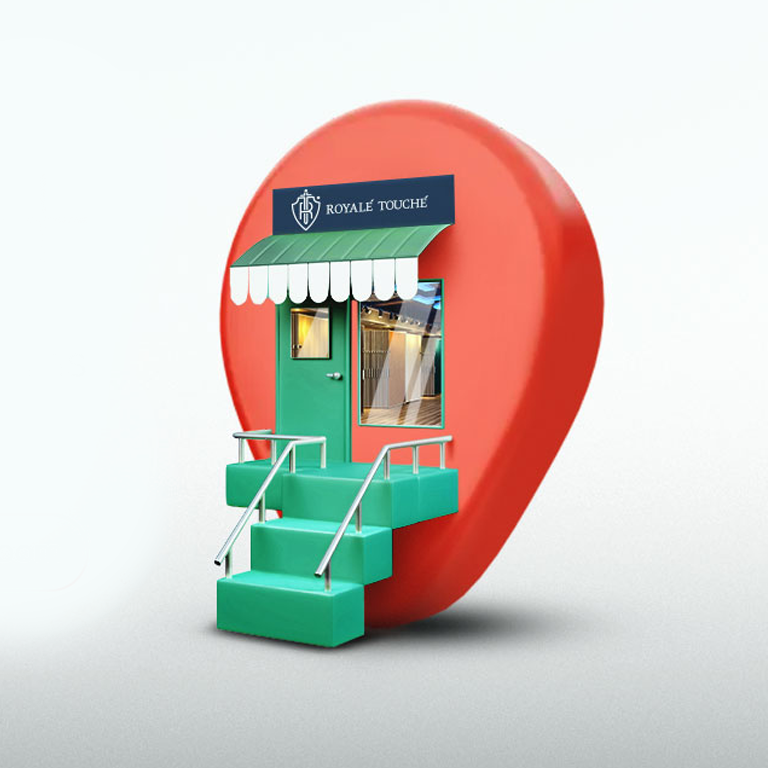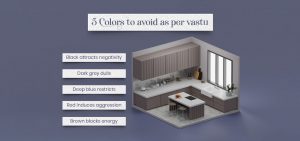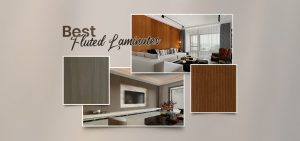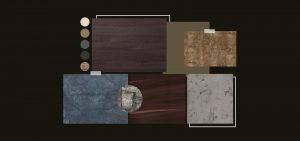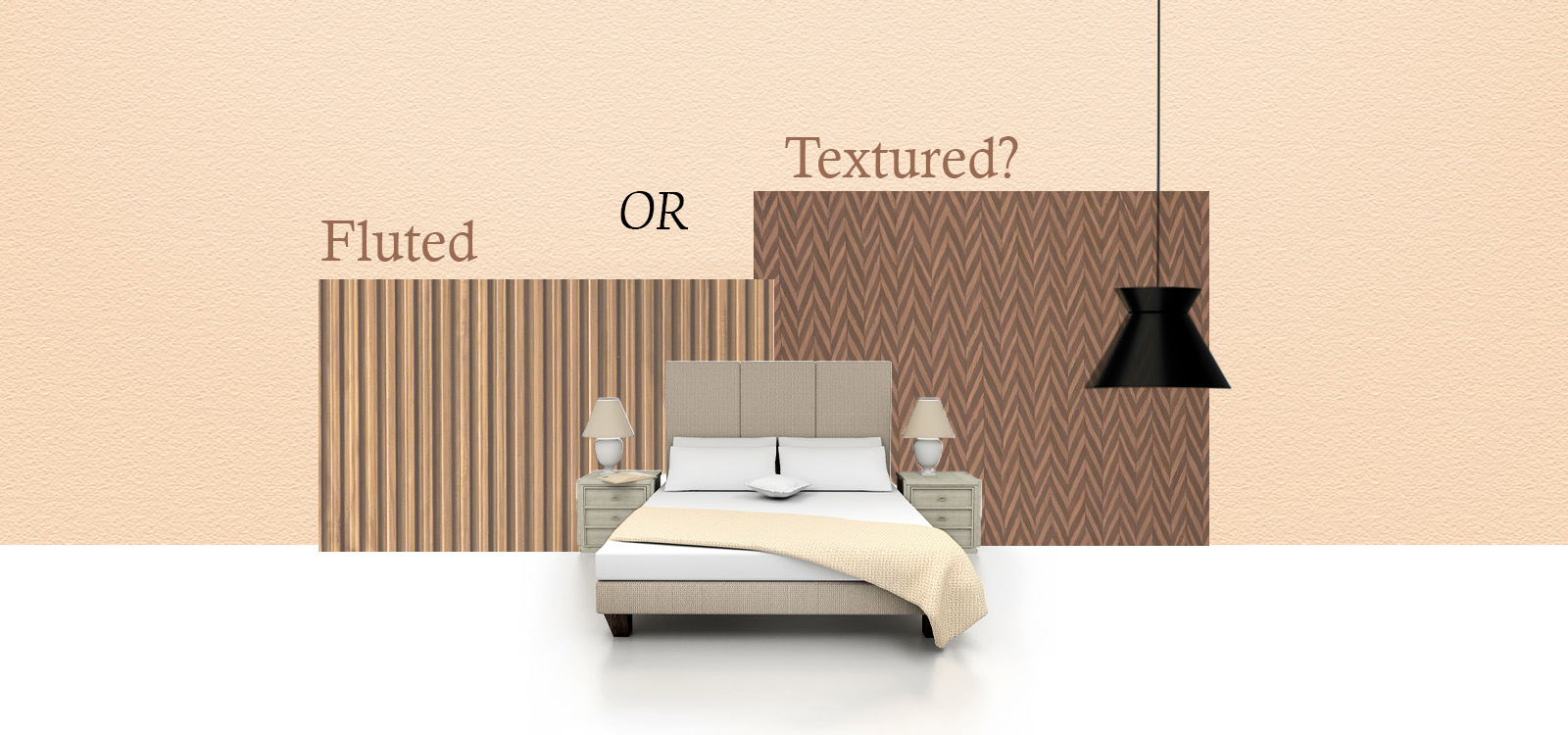
Fluted vs. Textured Laminates: Which One Should You Choose?
When you are thinking of upgrading your interiors with a stylish and modern look that has character, then laminates are your answer. However, the challenge for homeowners, designers, and architects is often to decide between a fluted laminate and a textured laminate. Both have their appeal, durability, and applications. This laminate comparison will provide you with enough information to help you find the perfect laminate for your new kitchen, bedroom, or wall feature.
Recognising Fluted Laminates
Fluted laminates are characterised by their linear, 3D, ridged appeal, providing depth and visual impact to any surface. Fluted laminates are a current trend for modern homes, which creates a beautiful play of light and shadow that will change based on your viewing angle.
When deciding on your fluted laminate accent, whether it’s fluted acrylic laminate sheets for a kitchen island or fluted laminate door design on your wardrobes, you are sure to introduce instant sophistication to your space.
Fluted laminates are suited best for vertical applications such as wall panels, cabinet shutters, or wardrobe fronts where the ridges provide a tactile, high-end aesthetic. Consider fluted design shapes if you wish for your furniture to add conversation to the functionality it provides.
Understanding Textured Laminates
Textured lamination focuses on replicating the tactile feel of natural materials such as wood, stone, or fabric. Textured laminates vary from rustic, wood texture laminate to subtle matte finishes that will create a sense of warmth and authenticity with your interiors.
Textured laminates will perform beautifully for kitchen laminate texture designs, especially if they are paired with solid or glossy contrasting finishes. Textured laminates are scratch-proof, easy to maintain, and versatile enough to be used on furniture, wall cladding, and even bathroom cabinetry with proper sealing.
Fluted vs. Textured Laminates: A Side-by-Side Comparison
When choosing between these two options, it is critical to consider where and how you intend to use the laminate. Here’s an outline to show you which surface design may be best for your situation:
Aesthetics
- Fluted: Dramatic, eye-catching, and suits modern, luxurious interior styles.
- Textured: Natural, warm, and suits rustic, welcoming, earthy undertones.
Application
- Fluted acrylic laminate sheet is best suited for vertical surfaces, e.g., fluted laminate door design concepts, a feature wall, and as a finish on custom reception desks.
- Wood texture laminate or stone-finish textures are sumptuous for horizontal surfaces, kitchen laminate texture designs, and wardrobes.
Maintenance
- Fluted requires slightly more maintenance, as dust can settle in the grooves.
- Textured laminates are generally much lower maintenance and easy to keep clean.
As per this laminate comparison, the right choice is contingent on your design intent rather than one option being better than the other.
Design Potential for Fluted Laminates in Statement-Piece Applications
Fluted laminates are hard to beat for making a statement, particularly in spaces like a living room feature wall or fluted laminate door design wardrobes. The dimension adds richness and interest, and the appearance of the fluted acrylic laminate sheets celebrates modern glam.
In contemporary apartments and luxury homes, fluted laminates can set the tone of a space. They are also perfect for commercial environments where you want a luxurious first impression.
Textured Laminates for Everyday Comfort
Made to be nostalgic, wood texture laminate finishes have a timeless, warm, and inviting feel to spaces. They are particularly suited for kitchen laminate texture applications when durability, heat resistance, and ease of cleaning are of most significant importance.
Textured laminates also work for wardrobes, bedside tables, and wall units. These products closely imitate the surface visuals of natural wood grain so well that they not only add depth without the original timber cost or upkeep but can successfully pass as timber entirely.
Final Verdict on Laminate Comparison
If your project is focused on creating impact and a luxe result, use fluted laminates. If you are focused on warmth, versatility, and practicality, use textured laminates. A lot of project space allows you to combine both, too. For example, you could use a fluted acrylic laminate sheet for cabinet shutters and wood texture laminate for the base units.
FAQs
1. What is the difference between fluted and textured laminates?
Fluted laminates have a raised, grooved 3D surface, which supports vertical design; textured laminates visibly replicate the natural surface of products such as wood or stone, and can support horizontal and vertical applications. This laminate comparison suggests the very different design intentions that different designs serve.
2. Are fluted laminates better than textured laminates?
Not better — simply different and suited to your needs. Fluted laminates are typically better suited for more statement-making designs such as fluted laminate door design. Textured laminates are better suited for everyday surfaces for applications like kitchen laminate texture.
3. Are textured laminates suitable for kitchens and bathrooms?
Absolutely, not only are textured laminates excellent in kitchens when appropriately sealed, but wood texture laminates are also perfectly acceptable for kitchens and function even better in bathrooms.
4. Which is better for wardrobes – fluted or textured laminates?
Fluted for a bold, modern statement wardrobe; textured for a classic, natural, luxe appearance. Many designers will mix both forms to create a great, stylish contrast.
